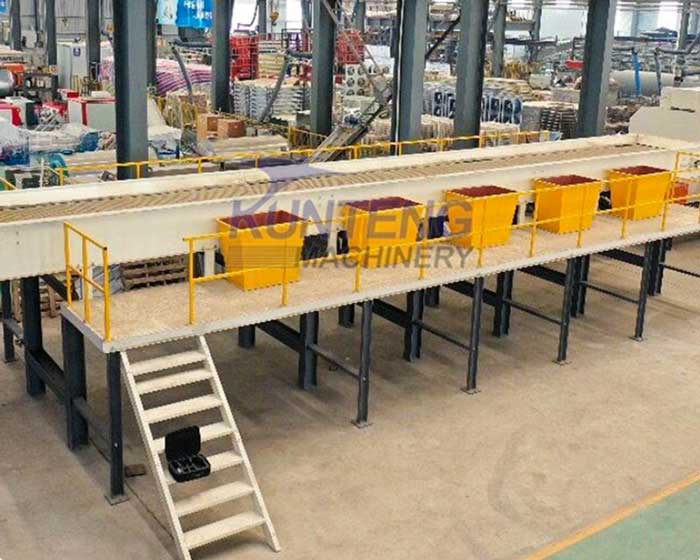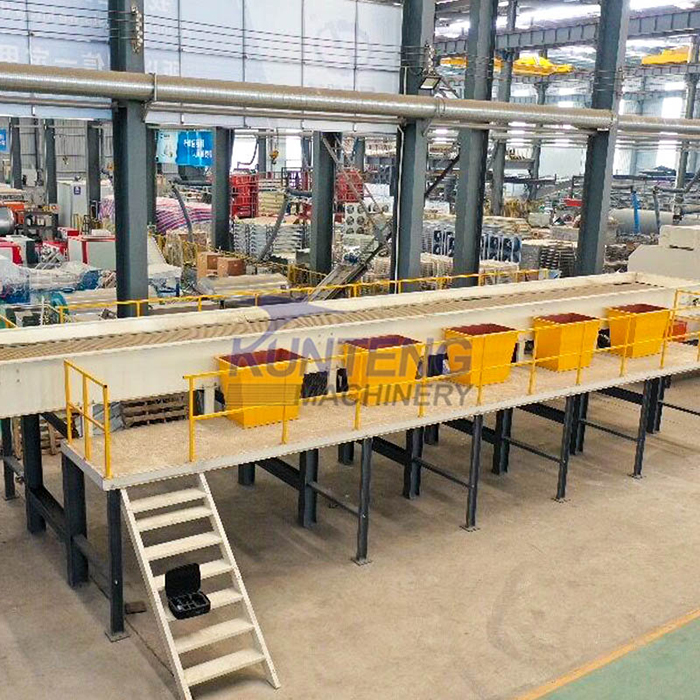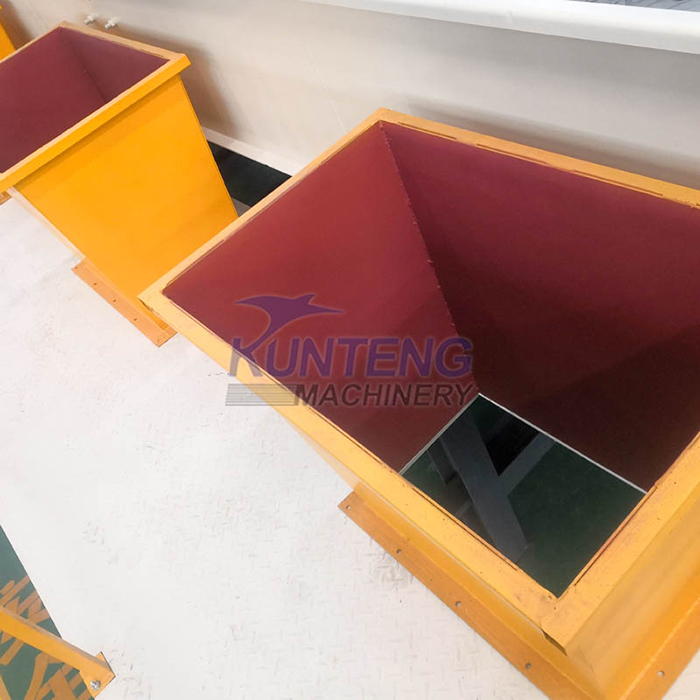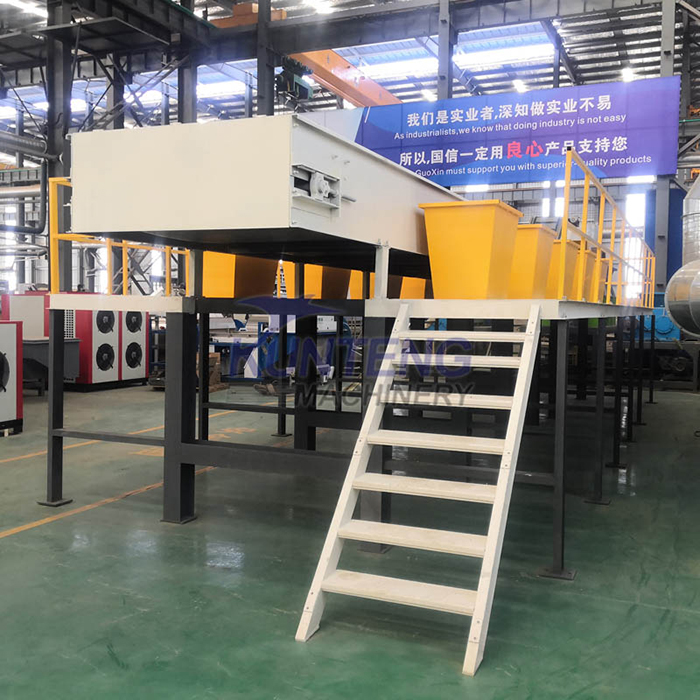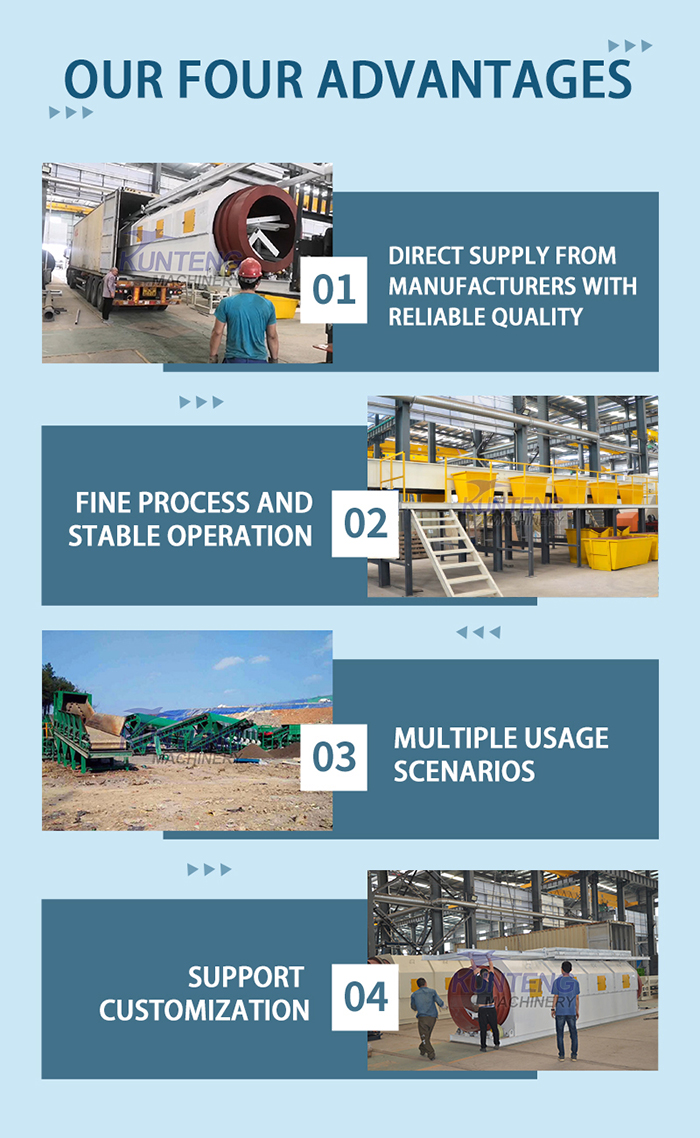Large garbage screening: Manual operation can more accurately identify and remove large items.
Recyclable sorting: Manually sort out recyclables such as paper, plastic, and metal to ensure that these items enter the correct recycling channel.
Increase resource recovery rate: Through manual sorting, the recycling efficiency of garbage can be improved and resource waste can be minimized.
2.Configuration type:
Manual waste classification platform usually has different configuration options, such as:
● 4 stations: suitable for small-scale or simple waste sorting operations.
● 6 stations: suitable for medium-scale waste sorting needs.
● 8 stations: suitable for large waste treatment sites or high-volume scenarios.
● Customized stations: The number of stations can be customized according to actual needs to meet specific environment or processing requirements.
3.Our advantages
4.Conclusion
Manual waste sorting platforms are an indispensable part of waste recycling and garbage sorting systems, especially for handling complex, mixed or special waste. Despite the disadvantages of being labor-intensive and inefficient, their flexibility and high precision make them still important in certain application scenarios. In the future waste management and recycling field, a hybrid model combining automated sorting systems and manual garbage classification platforms may be a trend to improve recycling efficiency, reduce costs, and better manage various types of waste.


